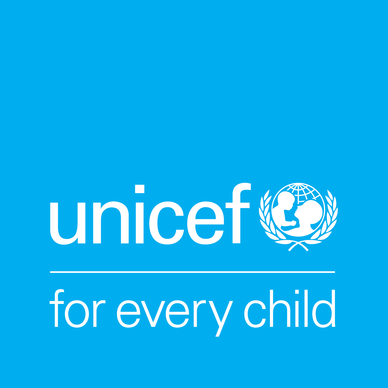What is the UNCRC?
The UN Convention on the Rights of the Child (UNCRC) is an important, legally binding agreement signed by 196 countries (as of 12 July 2022) which outlines the fundamental rights of every child, regardless of their race, religion or abilities.
The UNCRC is the basis of all of our work. It is the most complete statement of children’s rights ever produced and is the most widely-ratified international human rights treaty in history.
What is in the UNCRC?
The Convention has 54 articles that cover all aspects of a child’s life and set out the civil, political, economic, social and cultural rights. The convention is universal—these rights apply to every child and the convention entitles every child to claim them. It also explains how adults and governments must work together to make sure all children can enjoy all their rights.
Every child has rights, without discrimination of any kind against the child, parent, or legal guardian (Article 2).
We should think of the Convention as a whole: each of the rights enshrined within it is interlinked, and no right is more important than another. The following rights are of equal importance to every child. Every child has the right to:
- Relax and play (Article 31)
- Freedom of expression (Article 13)
- Be safe from violence (Article 19)
- An education (Article 28)
- Protection of identity (Article 8)
- Sufficient standard of living (Article 27)
- Know their rights (Article 42)
- Health and health services (Article 24)
We are the only organisation working for children recognised by the Convention.
The Convention is also the most widely ratified human rights treaty in the world. All UN member states except for the United States have ratified the Convention. The Convention came into force in the UK in 1992.


What makes the UN Convention so special?
Four articles in the Convention are seen as special. They’re known as the “General Principles” and they help to interpret all the other articles and play a fundamental role in realising all the rights in the Convention for all children. They are:
- Non-discrimination (Article 2)
- Best interest of the child (Article 3)
- Right to life survival and development (Article 6)
- Right to be heard (Article 12)
You can read the full UN Convention (pdf), or just a summary (pdf), to find out more about the rights that are included.
UNCRC Protocols
The Convention also contains a number of agreements to add further, unique rights for children that are optional for countries. These “Optional Protocols” include:
- The Optional Protocol on the involvement of children in armed conflict
This requires governments to increase the minimum age that children can join the armed forces from 15 years. It ensures that members of their armed forces younger than 18 do not take a direct part in armed conflict. - The Optional Protocol to the Convention on the sale of children, child prostitution and child pornography
This provides detailed requirements for governments to end the sexual exploitation and abuse of children. It also protects children from being sold for non-sexual purposes, such as other forms of forced labour, illegal adoption and organ donation. - The Optional Protocol on a communications procedure
This allows children to submit a complaint to the United Nations when their rights have experienced a rights violation and their own country’s legal system was not able to offer a solution.






